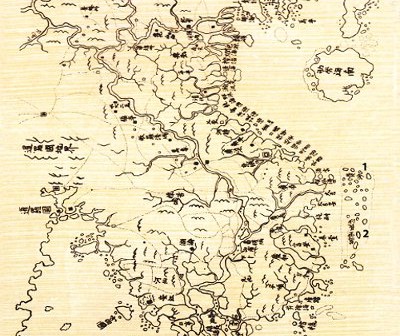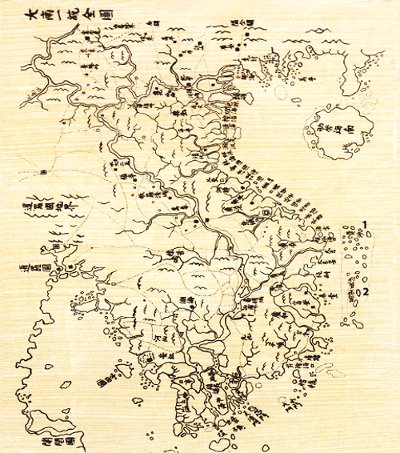Administrative divisions (don vi hanh chinh). The foundations of the administrative system of Vietnam was laid when, in the 10th century, the Vietnamese people united as a nation to assert their autonomy and successfully defended that claim against Chinese invaders.
Under Khuc Hao, every commune (xa) was administered by a centrally appointed official (chanh lenh truong) with an assistant. Adjacent communes were grouped into a giap. Subsequently, King Le Hoan divided the country into provinces (lo), which were subdivided into districts (phu or chau). Under the Hung Kings, a district was governed by a military chief called lac tuong. During the time of the Trung Sisters (1st century AD), there were 65 districts. The influence of the central government was thus enlarged. Under the Ly dynasty, provinces were divided into districts (phu or huyen) and then villages (huong or giap). In mountainous regions or other locales far from the center, districts were called chau or trai (such as ai in Thanh hoa province or Hoan in Nghe An province). Mountain villages were called ban and their chief, truong ban. Eventually, by the time of the Tran dynasty, the administration had a strict hierarchal character; the mandarins also serving as judges.
Communes were administered by mandarins of the 5th or 6th grade who sometimes might be responsible for 2-4 communes. In each province, an agricultural mandarin (don dien chanh su) and his assistant dealt with issues of land reclamation and plantations. In 1266, princes and princesses were allowed to recruit poor people to open coastal lands and establish plantations. The Nguyen dynasty in the 19th century established a system of provinces c lose to the modern ones. These were classified by regions according to the General Records of United Dai Nam (Dai Nam Nhat Thong Tri).




